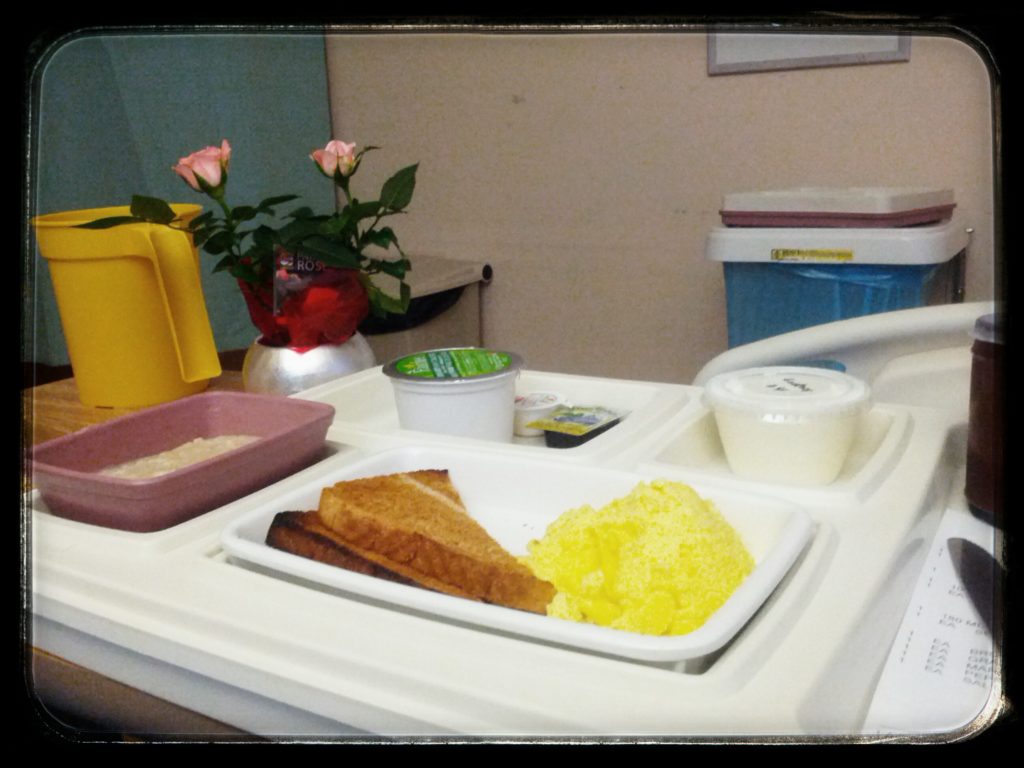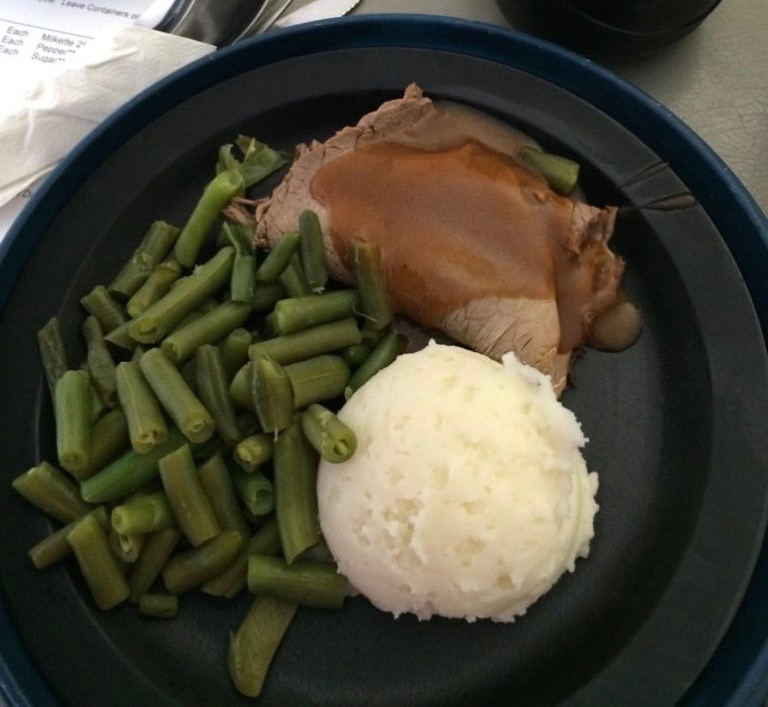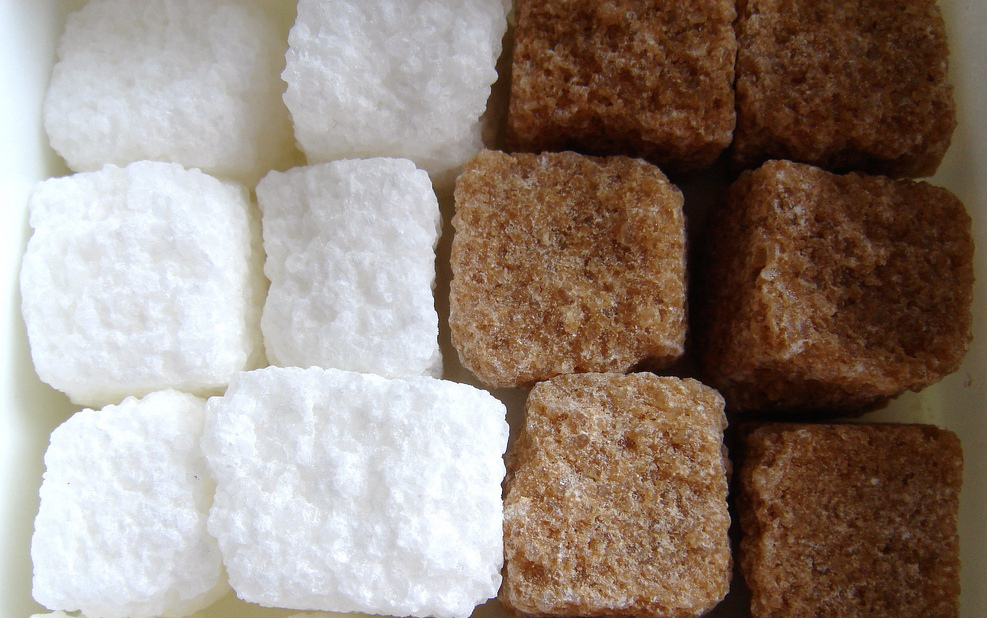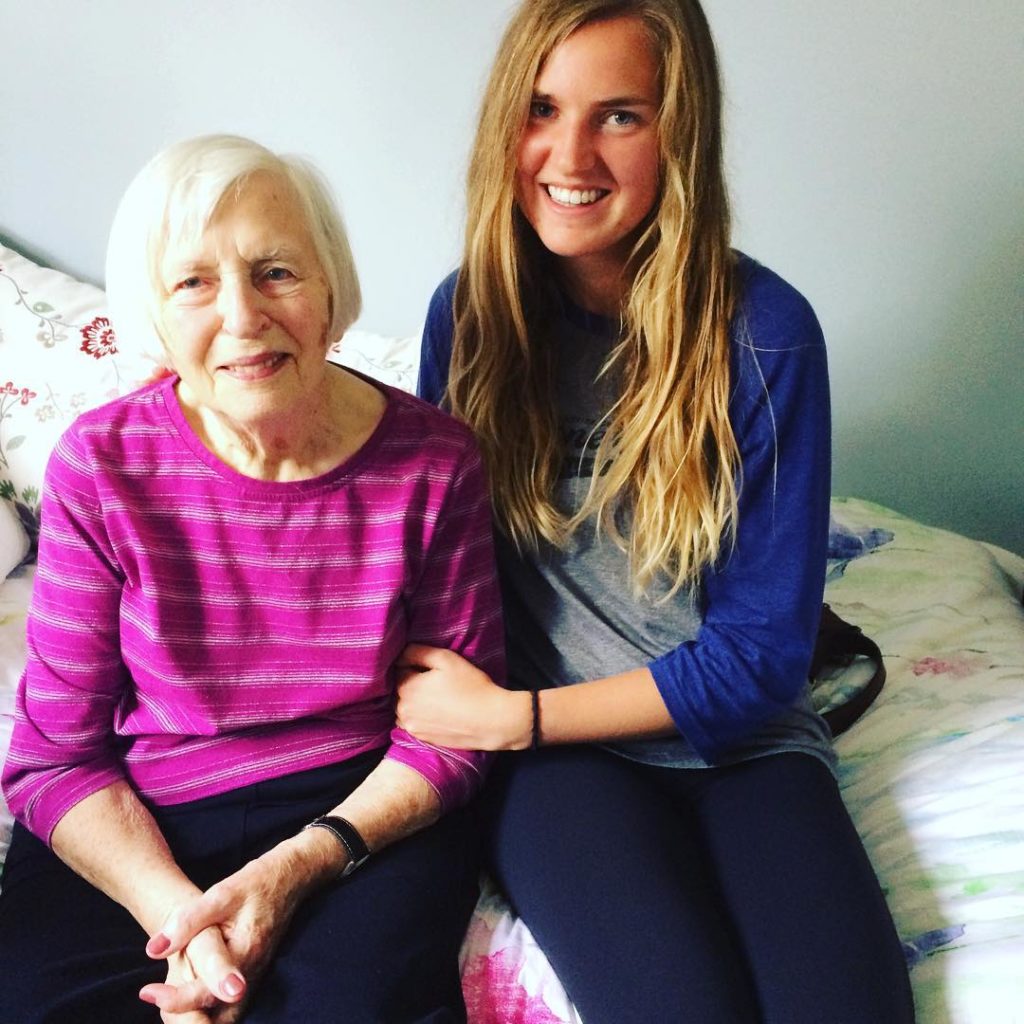“Let food be thy medicine and medicine be thy food.” It’s a simple concept – the food you consume has the ability to improve or harm your health. One would think that healthcare settings would be eating this one up – after all, they’re supposed to be healing environments. However, this couldn’t be farther from the truth.
In March of 2016, my grandmother was admitted to the hospital following a pretty bad fall. At 92 years old, breaking your nose and losing over a litre of blood is pretty rough, so she was in the hospital for quite a while. During this time, I got to see the best and worst of hospital food, and the power of food in improving physical and emotional health.

Photo courtesy of jennyleesilver.com
A typical day of meals in the hospital looked something like this: rain or shine, breakfast consisted of rubbery, rehydrated scrambled eggs, congealed cream of wheat cereal, and maybe some toast and canned fruit. If you were really lucky, you might have gotten an actual orange slice.

Photo by Hannah Latour
Lunches and dinners weren’t much better. For lunch, there was usually some cream-of-something soup from a can, a ham and cheese sandwich, and maybe a salad of wilted iceberg lettuce. Dinners varied but usually consisted of some sort of mystery meat, a starch (i.e. rice or a potato) and some frozen peas or beans.
The thing that struck me the most about the food in the hospital was the lack of fresh and real ingredients. Every meal was “beige” and almost everything was rehydrated from a box in some way, shape, or form. Although things like French fries and potato chips weren’t being served, you certainly can’t call the rehydrated scrambled eggs and canned peaches “health food.”

Photo courtesy of Jill Shih on Flickr
The amount of added sugar was also mind-boggling. Whether it was in the form of sweetened juice, canned fruit or the Rice Krispie square that seemed to accompany every meal, hidden sources of sugar lurked everywhere.
If you were to analyze the vitamin and mineral content of a typical hospital meal, you would find it to be severely lacking. Ironically, those are the things patients need the most when they’re sick. How can you expect someone to get better on reconstituted mashed potatoes? Many studies have found that elderly patients are undernourished, and that decreased food intake is a risk factor for increased mortality.

Photo courtesy of @frankrmartin on Instagram
After a few days in the hospital, my grandma ate less and less of the meals that were served. Maybe part of that was the stress of being in the hospital, but I really don’t think the congealed cream of wheat was doing anything for her appetite. It was almost as if she had given up.
My grandma is a foodie through and through, and for as long as I’ve known her, she was always experimenting with new recipes, traversing farmer’s markets, and pouring over cookbooks. She was extremely adventurous and I don’t think there was a type of food she wouldn’t try, from sushi to the spiciest of Thai curries. Her love of food helped fuel her passion for life.
Watching her struggle to eat the congealed cream of wheat out of a plastic hospital dish was heartbreaking. When she finally got out of the hospital, she devoured her first home-cooked meal and it was almost as if I could see an immediate difference in her health. Not only was she getting a huge boost of the nutrients she had been deprived of in the hospital, but the meal itself seemed to lift her spirits. When you’re battling any sort of injury or illness, you can take all the spirit-lifting you can get.

Photo by Hannah Latour
This article wasn’t meant to be an attack on the healthcare system. I can see why processed, rehydrated food is the norm. It’s cheap and convenient, and when you have hundreds of patients to feed, those factors are important. Hospitals only have so much money to work with, and the budget for food is often the first thing to get placed on the back-burner. However, the idea of food as medicine should not be overlooked. Some hospitals are jumping on board, and have even started their own gardens, where the vegetables grown are incorporated into patients’ meals.
While eating a bunch of kale won’t cure your cancer or mend your broken leg, I’d take my chances with the kale over the cream of wheat any day.


